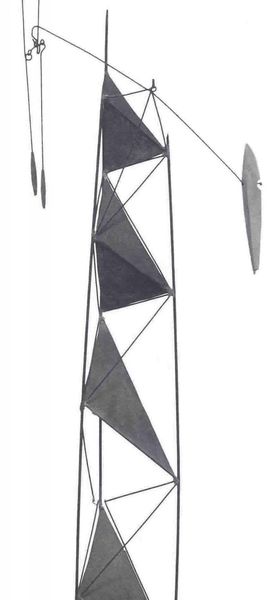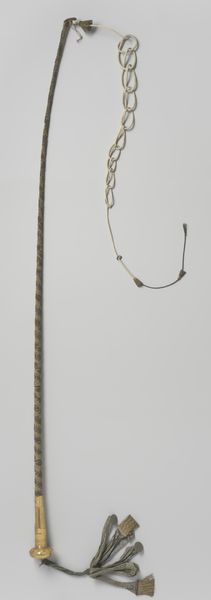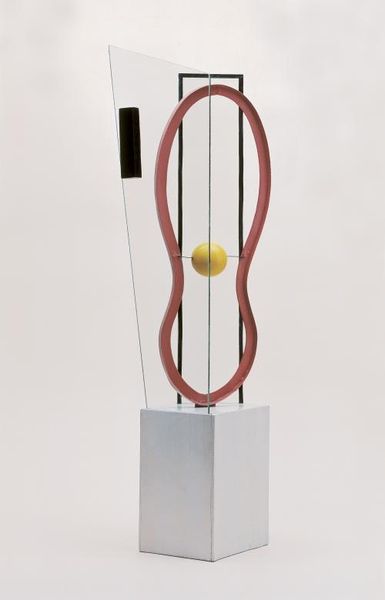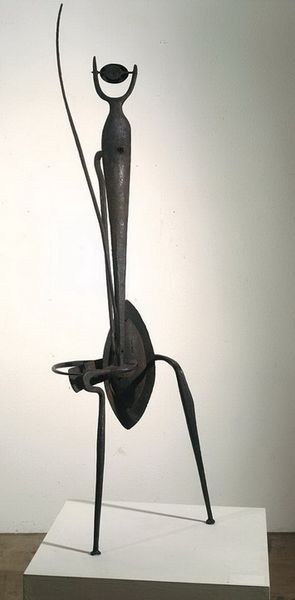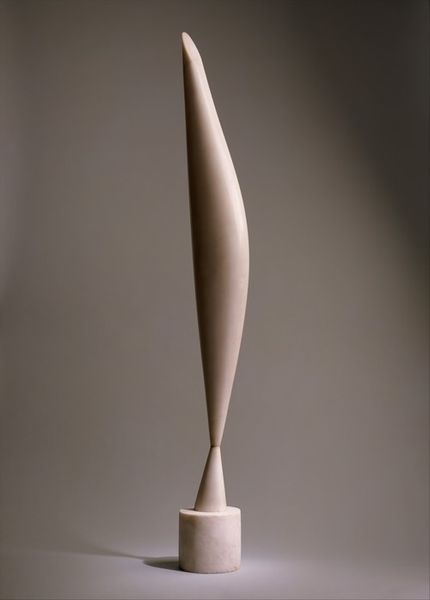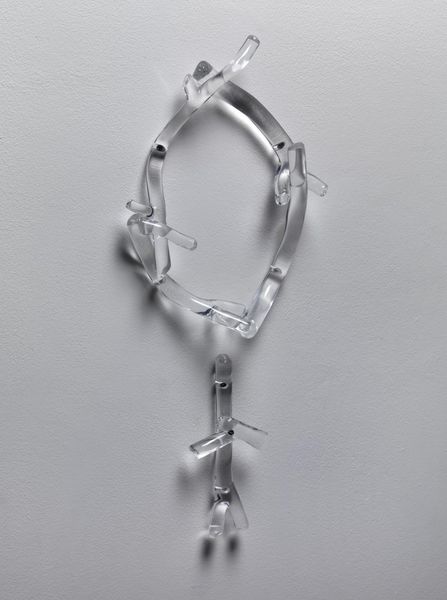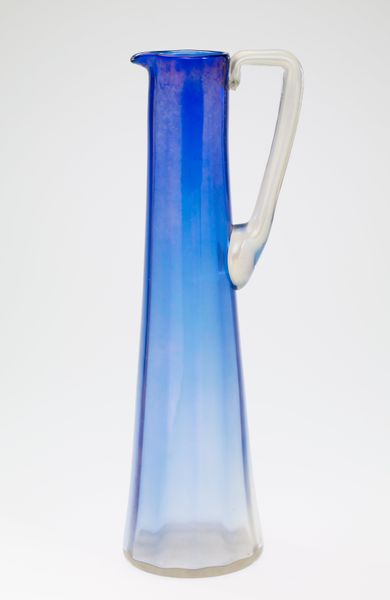
ceramic, sculpture
#
art-nouveau
#
ceramic
#
form
#
stoneware
#
sculpture
#
ceramic
#
decorative-art
Dimensions: 17 1/2 x 5 3/4 in. (44.45 x 14.61 cm)
Copyright: No Copyright - United States
Curator: Immediately, I am struck by the subtlety of the colour palette. There is something hauntingly serene about this form. Editor: Let's direct our attention towards Paul Dachsel's "Pitcher", circa 1905. Housed at the Minneapolis Institute of Art, this ceramic stoneware is exemplary of the Art Nouveau period. Curator: The stylised, elongated handle defies expectations of functionality. Observe how the negative space within becomes integral to the overall composition, activating the viewer's eye as it moves from top to bottom and around again. The applied ornamentation creates texture. Editor: Yes, Dachsel was working within an important socio-historical framework, seeking to break free from industrial production methods and instead prioritizing craftsmanship and unique design. Note how the decorative elements resemble weeping branches. Curator: Precisely. The object achieves a synergy of form and content. Those subtle, reflective embellishments resemble morning dew, almost literally clinging to the stoneware’s body. Editor: It is interesting that you use that descriptor—weeping. This object carries the weight of past lives for those rendered abject because of early twentieth-century social mores. How do we use our contemporary vision to see that clearly? Curator: I hadn't interpreted its emotional resonance so directly, but there's no escaping the visual symbolism, its inherent presence, is there? The stoneware—its solidity, colour, scale—is now somehow more evocative, fraught, than I initially realized. Editor: We’ve just observed a stunning example of the dialogues between form and historical understanding in the early 20th century. Curator: Indeed, the dialogue brings new meaning to a striking object.
Comments
No comments
Be the first to comment and join the conversation on the ultimate creative platform.
